Prime Minister Pham Minh Chinh inspects the T3 passenger terminal project at Tan Son Nhat airport, Ho Chi Minh City - Photo: GIAI THUY
The thinking is mature, the ideology is clear, the policy mechanism is available, the flag is in hand, the whole Government , ministries, and Ho Chi Minh City need to be more determined, make greater efforts, act more decisively, and focus on the work. Whatever we do, we must finish it to get joy and inspiration for the next work. We must have an offensive mindset, not just a defensive one. That is, we must resolve legal problems that lead to fear of mistakes and responsibility in order to expand the attack, not just a defensive one.
Prime Minister PHAM MINH CHINH
Instead of the Prime Minister directing ministries and cities to quickly carry out legal procedures to ensure implementation, we keep comparing with current laws to ensure safety for a number of agencies and ministries. This is the cause of delay, of sub-optimal decentralization, causing many problems to drag on.
Secretary of Ho Chi Minh City Party Committee NGUYEN VAN NEN
On August 10, Prime Minister Pham Minh Chinh chaired the 4th Conference of the Southeast Regional Coordination Council and worked with Ho Chi Minh City on Resolution 98, which promotes key infrastructure projects, thereby opening up the need to expand traffic connections between the Southeast and Southwest regions.
Connecting the Southeast region and by extension the East and the West is becoming more and more feasible as a series of projects connecting the two regions are accelerating, forming a seamless network, promising to create a revolution in connecting traffic, goods, tourism and investment of the entire Southern region.
Waiting for a breakthrough when the East-West strip is seamless
These days, the Ben Luc - Long Thanh expressway construction site is bustling with construction, creating a vibrant scene at the My Yen intersection, Ben Luc district, Long An province. This is a strategic connection point between three important traffic routes: Ho Chi Minh City - Trung Luong expressway, Ben Luc - Long Thanh expressway and Ho Chi Minh City Ring Road 3.
In the next few months, the connecting branches from here will officially open to traffic, opening a direct route to National Highway 1, laying the foundation for the completion of the entire route by the end of 2025. After nearly a decade of waiting, this is truly good news for the people, marking the beginning of a new era of regional transportation.
Imagine the day the 58km Ben Luc - Long Thanh expressway officially opens to traffic, creating a connecting corridor between the Southeast and Southwest regions.
At that time, convoys of trucks loaded with rice, fruits and seafood from the fertile land of the West - home to about 18 million people - will enter the Ho Chi Minh City - Ca Mau axis, the Can Tho - Ca Mau section is also expected to be completed in 2025.
When arriving at My Yen intersection, the cars will speed on Ben Luc - Long Thanh highway, non-stop until reaching Bien Hoa - Vung Tau highway (expected to be completed in late 2025, early 2026).
Here, the car can turn left to go to Long Thanh airport or continue the journey on the North - South expressway in the east, connecting destinations such as Phan Thiet, Nha Trang. Or turn right on the Bien Hoa - Vung Tau expressway straight to Ba Ria - Vung Tau.
Not only for goods, this East-West Expressway also brings great benefits to people in the West when traveling to Phan Thiet or Vung Tau. Traveling will become faster, smoother without worrying about traffic congestion like before.
In particular, with the commitment of localities, Ho Chi Minh City Ring Road 3 is expected to be completed by the end of 2025 or early 2026.
If on schedule, Ring Road 3 will combine with Ben Luc - Long Thanh Expressway, creating a complete circle connecting Ho Chi Minh City, Binh Duong, Dong Nai and Long An. At that time, traveling from the Western provinces via Ring Road 3 will become more convenient, easily accessing inter-regional expressways.
Some contents of the working session of Prime Minister Pham Minh Chinh with Ho Chi Minh City
Early synchronization of the connecting road system
While expanding the freeway will certainly improve mobility, it is important to note that the approach roads, interchanges and connections into urban areas must also be coordinated. Otherwise, these points can become bottlenecks, causing congestion and reducing the efficiency of the freeway.
For example, the Ben Luc - Long Thanh expressway is nearing completion, but still needs additional connections such as completing the intersection with National Highway 50 or the intersection of Nguyen Van Tao and Nguyen Huu Tho streets.
Similarly, the intersection with Rung Sac Street has not been built yet, causing people in Can Gio District to still depend on Binh Khanh ferry while waiting for Can Gio Bridge to be built. Therefore, the City has recently proposed to build and upgrade these three intersections to optimize the connection of the expressway with neighboring areas.
At the starting point of the Ho Chi Minh City - Long Thanh - Dau Giay Expressway, An Phu Intersection also needs to ensure progress. The expressway access road with a capital of nearly 1,000 billion VND is also proposed for investment.
At the traffic jam hotspot at Long Phuoc toll station, an intersection will be built to connect with Thu Duc.
In the west, during the preparation of the pre-feasibility study report for the Ho Chi Minh City - Trung Luong - My Thuan expressway expansion project, the Ho Chi Minh City Department of Transport also requested consultants to study the plan to expand the connecting road to meet future travel needs.
In addition, it is proposed to build new intersections to ensure smooth traffic.
Besides, according to traffic experts, the recent application of non-stop toll collection (ETC) at toll stations has contributed positively to reducing traffic congestion at toll stations.
However, to ensure the designed speed of the highway, it is necessary to implement free multi-lane (no barrier) soon. In addition, rest stops along the highway also need to be deployed soon to create convenience for people when traveling on the highway.
The passenger terminal project - the heart of Long Thanh airport - is ensuring progress - Photo: A LOC
Shaping new growth poles
In addition to the expressway system, key projects such as the Ben Luc - Long Thanh expressway, Long Thanh international airport and Can Gio international port are being implemented, not only meeting current needs but also shaping the future of the region.
These projects not only solve traffic problems but also open new doors for economic development, investment attraction and international integration.
As the investor of two key projects - Terminal T3 of Tan Son Nhat airport and Long Thanh international airport - Airports Corporation of Vietnam (ACV) is speeding up construction progress.
Terminal T3 at Tan Son Nhat airport is expected to be completed by April 30, 2025, while phase 1 of Long Thanh airport will be completed and tested before August 31, 2026, and ready to receive the first commercial flight on September 2, 2026.
Long Thanh Airport, with its modern design, will be able to serve 25 million passengers and 1.2 million tons of cargo per year in phase 1.
When the entire project is completed, the airport's capacity will increase to 100 million passengers and 5 million tons of cargo per year, making Long Thanh the largest international airport in the country.
This is not only an important milestone in transport infrastructure, but also turns Long Thanh into a hub connecting the Southern region with the world.
Once Long Thanh airport comes into operation, it will become a new development pole and an international gateway for the entire Southern region.
People from the Western provinces can easily access the airport via the Ben Luc - Long Thanh expressway, then connect to the Bien Hoa - Vung Tau expressway, and finally the T1 route leading directly to the airport.
Similarly, people from Ninh Thuan and Binh Thuan will be able to travel quickly via the Phan Thiet - Dau Giay and Ho Chi Minh City - Long Thanh - Dau Giay expressways, then continue via T2 and T1 to the airport.
Ba Ria - Vung Tau will connect with Long Thanh via Bien Hoa - Vung Tau expressway, while Binh Duong, Binh Phuoc and Tay Ninh will connect via gradually forming belt roads.
During the survey on August 8, National Assembly Chairman Tran Thanh Man emphasized that Long Thanh airport is a particularly important project, not only promoting socio-economic development for the key economic region in the South but also contributing to the overall development of the whole country.
He also warned about the importance of synchronizing the connection between Long Thanh airport and inter-provincial and inter-regional transport infrastructure projects, especially with Ho Chi Minh City.
"Long Thanh airport cannot operate without infrastructure connectivity. This will reduce the airport's operational efficiency," he emphasized.
In addition to aviation infrastructure, Vietnam's seaport system is also preparing for a leap forward with the Can Gio international transit port project. Ho Chi Minh City has completed the project and submitted it to the Prime Minister, with special attention from MSC Shipping - the world's largest shipping line.
MSC owns a fleet with a capacity of over 23 million TEUs per year, accounting for 18% of the total global transport capacity, and connecting to more than 500 international seaports. MSC's investment in Can Gio port will create an important highlight in the global supply chain, enhancing Vietnam's maritime position.
The Ministry of Planning and Investment has submitted to the Prime Minister a report on the appraisal of the dossier requesting approval of the investment policy for the Can Gio port project, and affirmed that there is sufficient political and legal basis for implementation.
The Can Gio international transit port project has been included in the priority project group for selecting strategic investors according to Resolution No. 98, aiming to promote the economy of Ho Chi Minh City and the Southeast region.
If successful, this project will not only increase the potential of the existing seaport system but also put Vietnam on the international maritime map, becoming a major logistics center of the region and the world.
This is a strategic step to help Vietnam participate more deeply in the global supply chain, enhance its competitive position and strengthen security, defense and maritime economy.
Prime Minister directs promoting development of Southeast region
On August 10, in Ho Chi Minh City, Prime Minister Pham Minh Chinh chaired the 4th Conference of the Southeast Regional Coordination Council. At the conference, the Prime Minister highly appreciated the efforts of council members, ministries and localities in implementing important tasks.
However, the Prime Minister also pointed out some notable limitations. The region's economic growth in the first 6 months of the year was only 5.58%, lower than the national average. In addition, the growth model is slow to transform, and growth quality is not really sustainable. In particular, environmental pollution and flooding are still pressing issues, especially in Ho Chi Minh City.
To overcome these limitations, the Prime Minister has proposed a series of key directions and tasks. Ministries, sectors and localities need to review the goals and targets by 2024 to strive to achieve them. At the same time, it is necessary to accelerate the disbursement of public investment capital, promote traditional and new growth drivers, and strengthen regional connectivity.
Regarding specific tasks, the Prime Minister requested the completion of research on important regional and inter-regional projects such as the International Financial Center project in Ho Chi Minh City and the Free Trade Center in Ba Ria - Vung Tau.
Ho Chi Minh City is assigned to preside over the presentation of policy mechanisms for the Ring Road 4 project. Relevant provinces also need to urgently complete procedures for expressway projects, striving to start construction on April 30, 2025.
Ho Chi Minh City needs new mechanism to build metro
At a meeting with the Prime Minister on August 10, Chairman of the Ho Chi Minh City People's Committee Phan Van Mai presented an ambitious plan for the city's urban railway development.
According to the project, Ho Chi Minh City aims to build 183km of metro by 2035, increasing to 352km by 2045, and reaching 510km by 2060. When completed, this system is expected to meet 50-60% of the city's public transport needs. However, to achieve this goal, the city needs to have specific and outstanding mechanisms.
Mr. Mai emphasized that if the current public investment process continues, completing the 500km metro line could take centuries.
He cited the fact that Metro Line 1 took nearly 20 years to complete 20km. Therefore, the city is preparing to propose the National Assembly to issue a resolution on special mechanisms and policies related to planning, land acquisition, compensation, capital mobilization and project procedures.
In addition to the metro system, Ho Chi Minh City is also focusing on ring road projects. For Ring Road 3, the project is facing some problems regarding the supply of sand for construction, site clearance (especially in Dong Nai), and the progress of some items. The relevant localities have agreed to meet to ensure the progress of the project.
For the Ring Road 4 project, the city plans to submit the dossier to the Ministry of Transport this August. The goal is to submit it to the National Assembly by the end of 2024 for approval of the investment policy. Localities where the project passes have proposed capital allocation plans for site clearance.
Specifically, Ho Chi Minh City will ensure capital itself, while other provinces request support from the central budget at different rates.
Tan Son Nhat Airport Terminal 3 project is being accelerated - Photo: C.TUAN
Peace of mind with the progress of Tan Son Nhat airport's T3 terminal
On August 10, Prime Minister Pham Minh Chinh also inspected the progress of the T3 terminal project at Tan Son Nhat airport (HCMC).
The Prime Minister requested to focus on accelerating the construction of bridge works, connecting the traffic system with Terminal T3. Recently, the Tran Quoc Hoan - Cong Hoa connecting road project has clearly demonstrated the connection of the traffic system. Ho Chi Minh City is requested to coordinate with the ACV project, the State Capital Management Board, and the Traffic Board to complete the connecting traffic system.
"Three years ago, I was also very worried about ACV's work organization. However, over the past three years, ACV has grown and matured very quickly from Long Thanh station to now and Dien Bien Phu airport... together with joint contractors, working faster and faster.
At the same time, he praised the spirit of 3,000 workers who were always present at the construction site. On Saturday afternoon, there were still people. There were workers working everywhere. I highly appreciate the sense of responsibility of eating and sleeping quickly, working during the day and not enough to work at night," the Prime Minister said.
The project to build passenger terminal T3 - Tan Son Nhat International Airport is invested by Vietnam Airports Corporation (ACV); the total investment is about 10,990 billion VND from ACV's capital (not using state budget capital); the construction progress is expected to be 37 months from the date of investment policy approval.
The project has a designed capacity of 20 million passengers/year and ancillary works serving domestic exploitation, dividing exploitation output between Long Thanh airport and Tan Son Nhat airport.
Project implementation results, site clearance work was 100% completed last June. The aircraft parking lot has been completed. The rough concrete part is 100% complete, the rough architectural construction of the terminal is 80%. The construction of the main structure is on schedule.
Units strive to complete steel structure erection on September 2, 2024, and put the project into operation on April 30, 2025.
Source TTO
Source: https://baotayninh.vn/dong-tay-nam-bo-can-duong-thenh-a177060.html


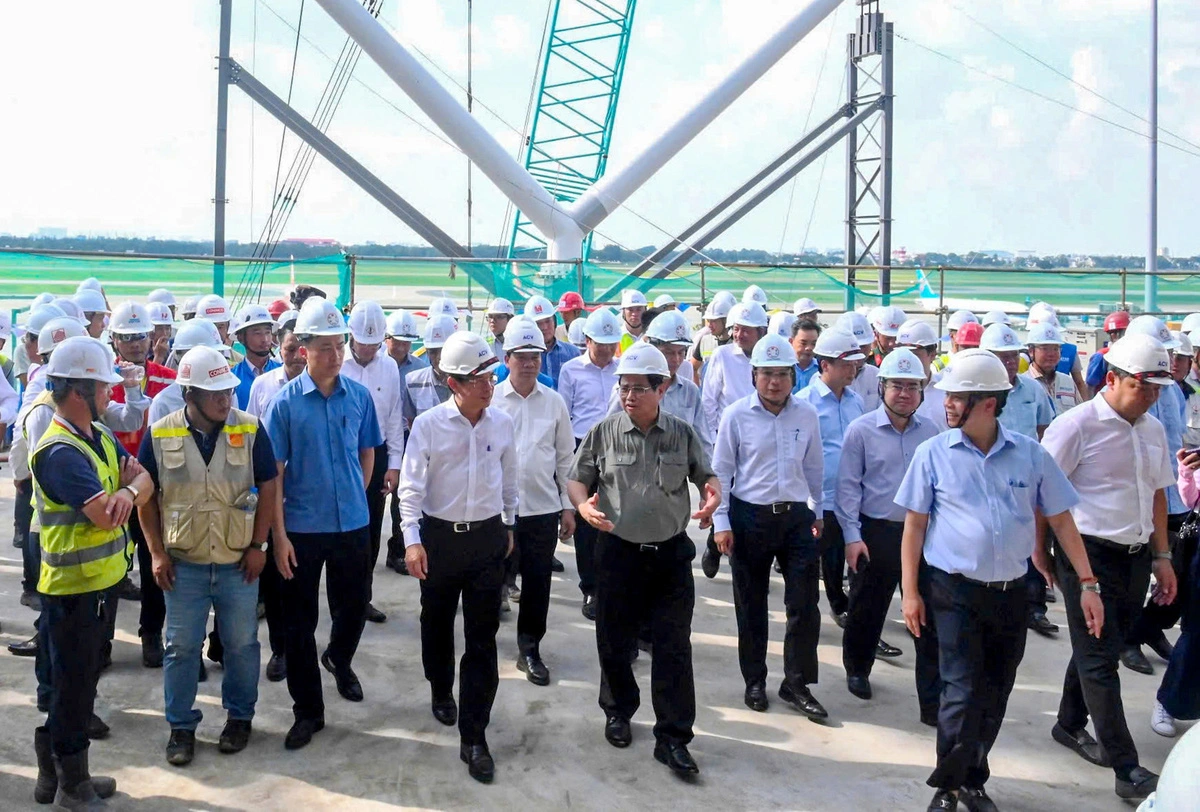
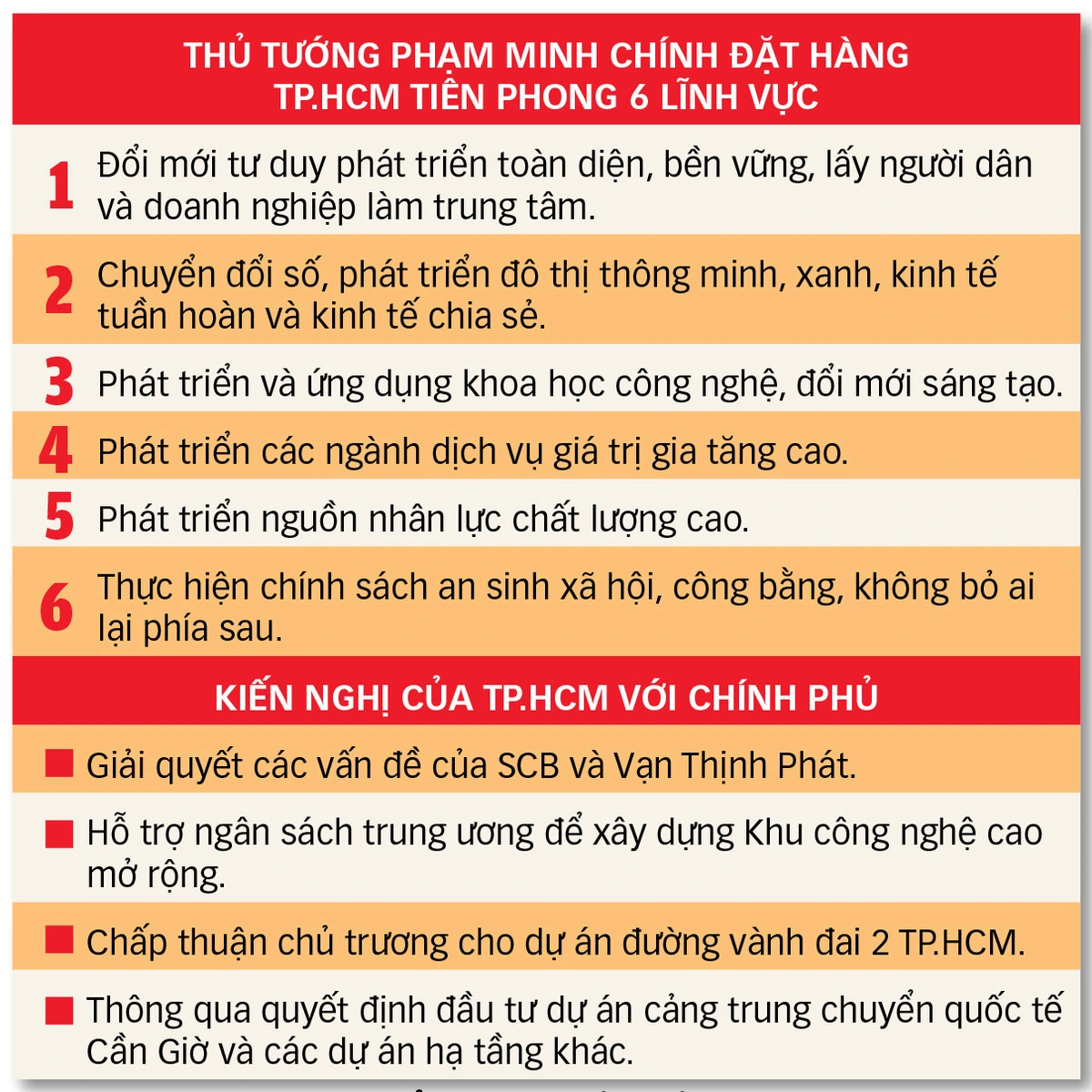
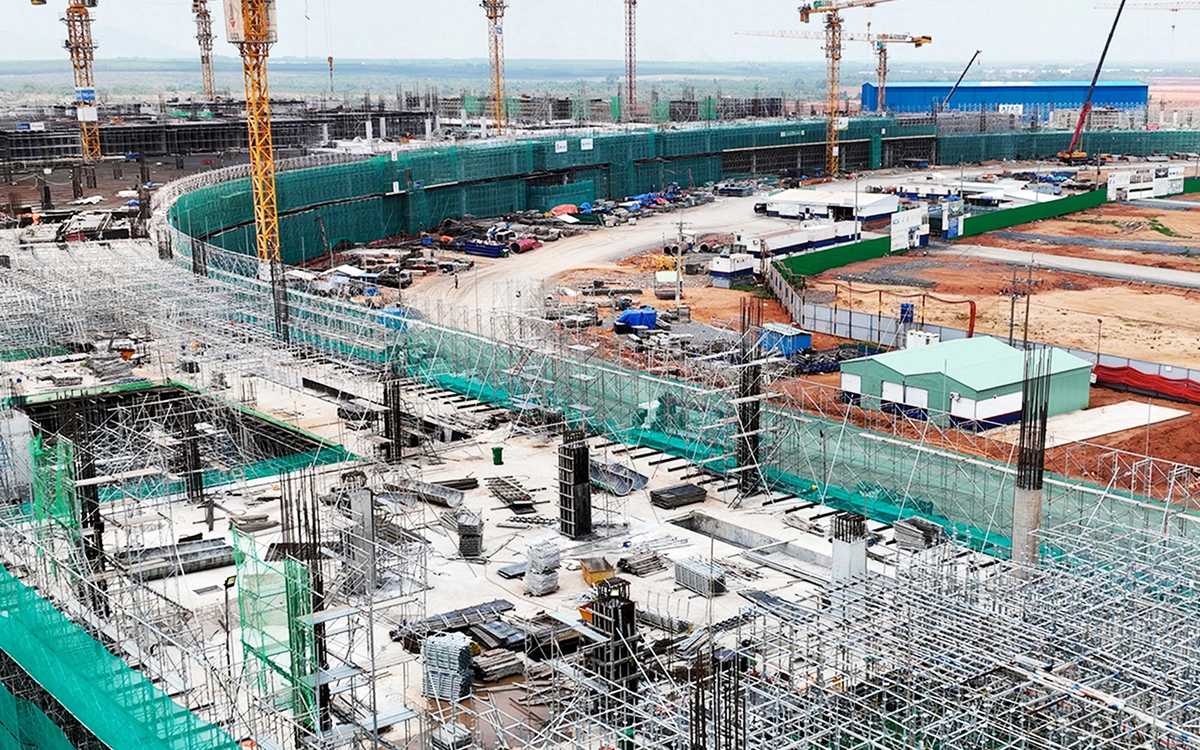
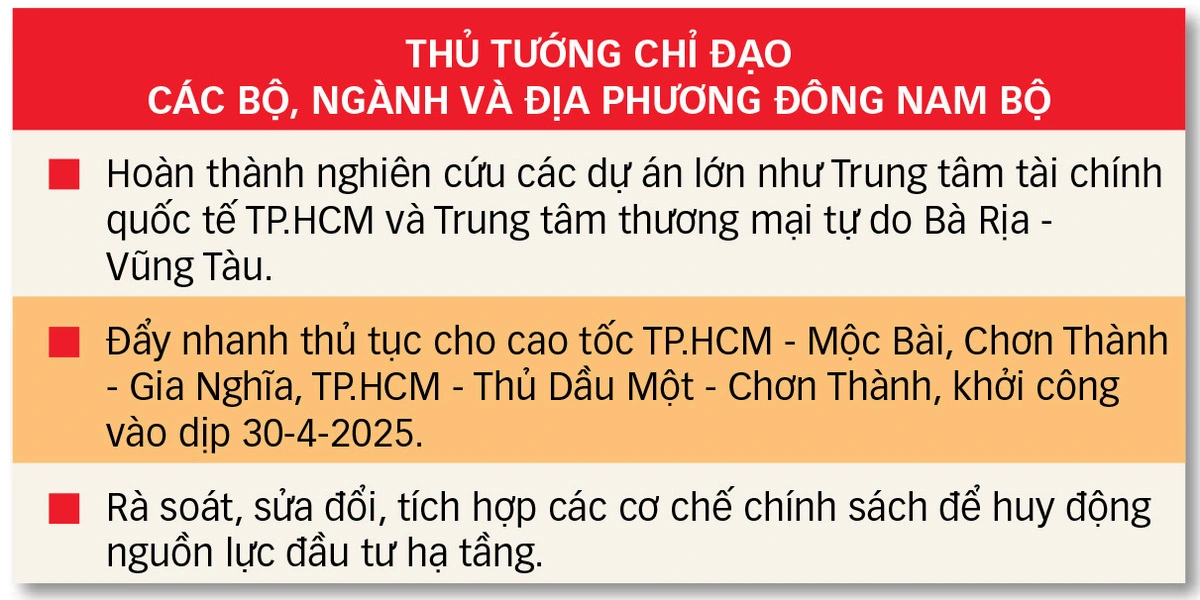
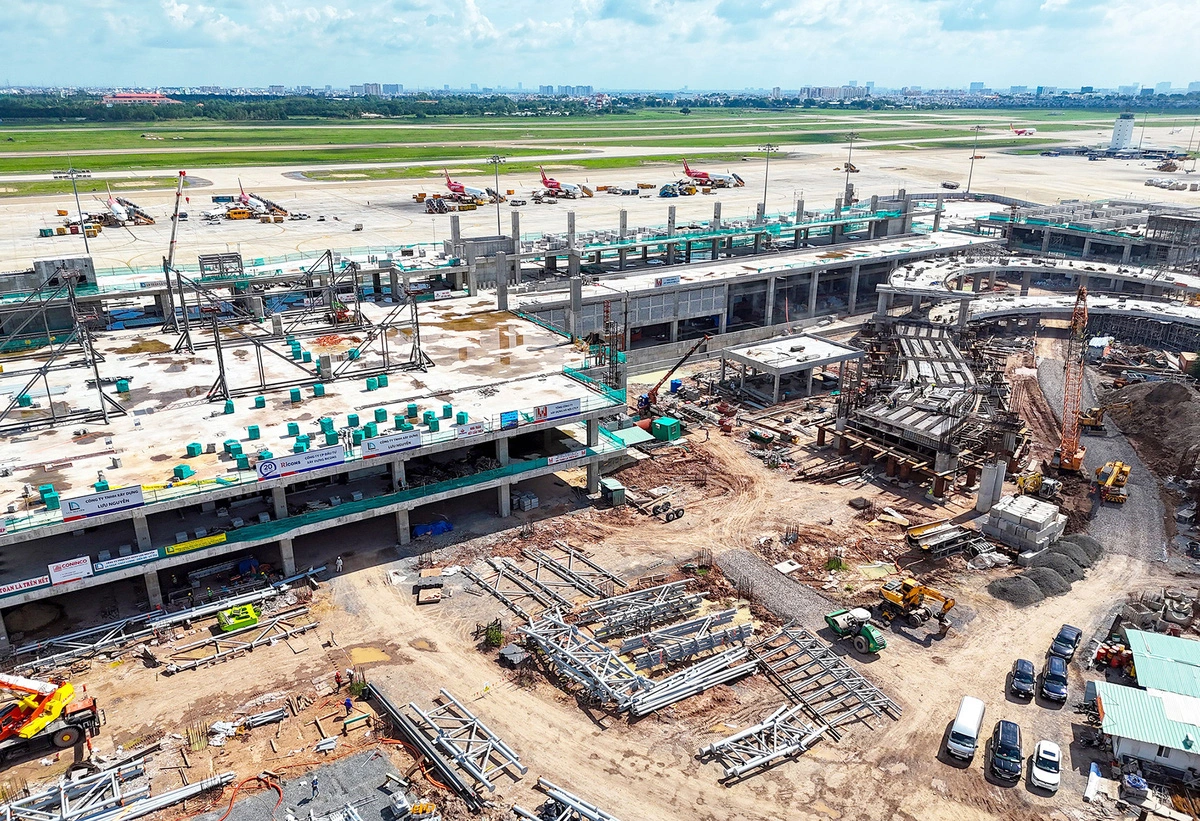
![[Photo] More than 124,000 candidates in Hanoi complete procedures for the 2025 High School Graduation Exam](https://vphoto.vietnam.vn/thumb/1200x675/vietnam/resource/IMAGE/2025/6/25/fa62985b10464d6a943b58699098ae3f)
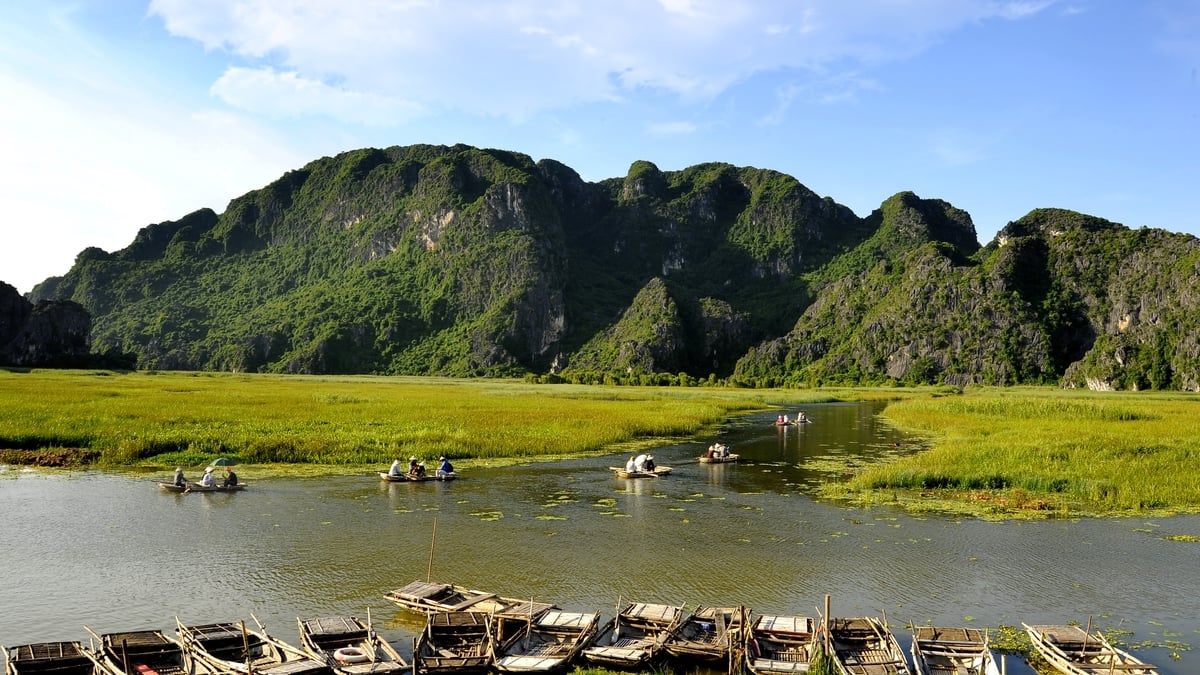

![[Photo] General Secretary To Lam works with the Standing Committee of Quang Binh and Quang Tri Provincial Party Committees](https://vphoto.vietnam.vn/thumb/1200x675/vietnam/resource/IMAGE/2025/6/25/6acdc70e139d44beaef4133fefbe2c7f)

![[Photo] First training session in preparation for the parade to celebrate the 80th anniversary of National Day, September 2nd](https://vphoto.vietnam.vn/thumb/1200x675/vietnam/resource/IMAGE/2025/6/25/ebf0364280904c019e24ade59fb08b18)
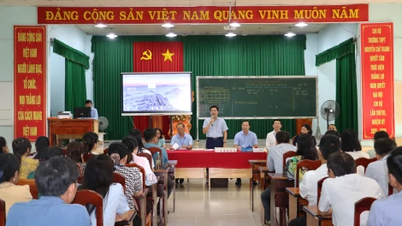

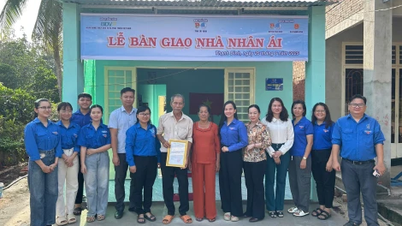
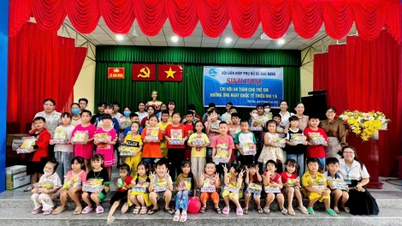
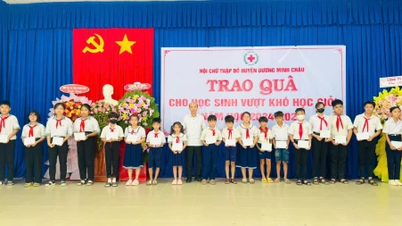






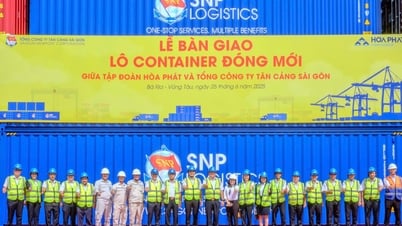
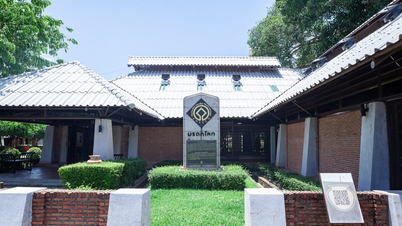
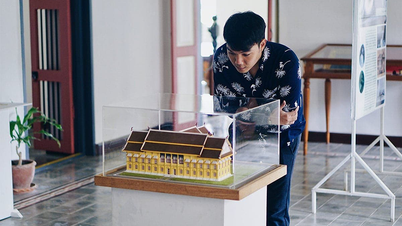









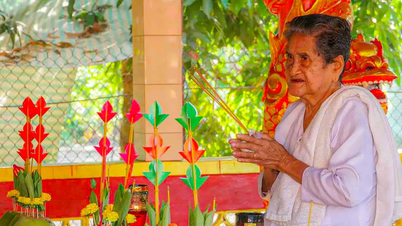








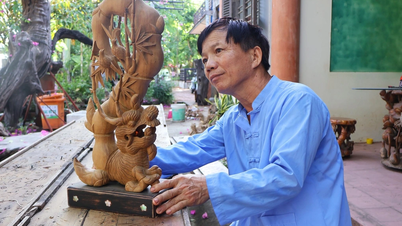



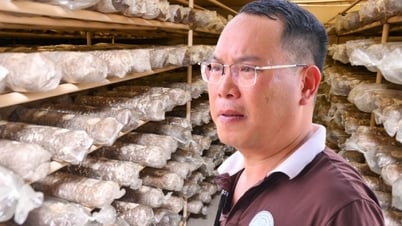





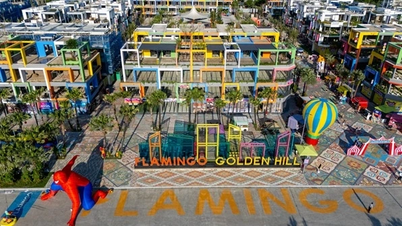






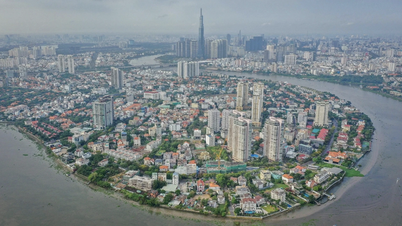









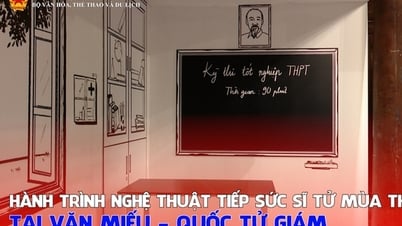
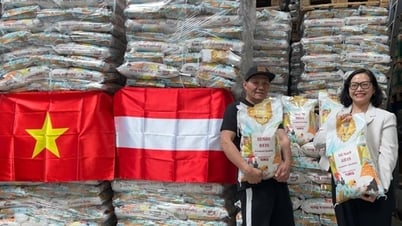

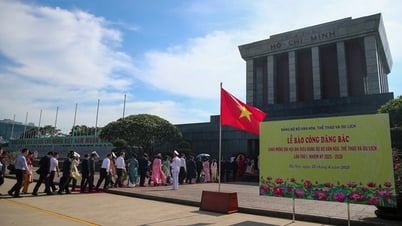
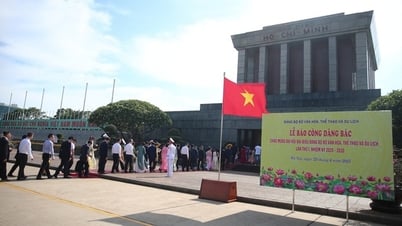
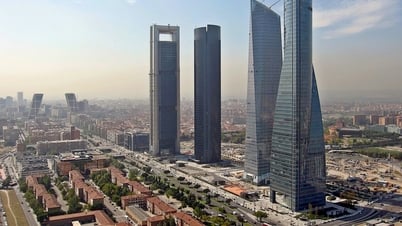
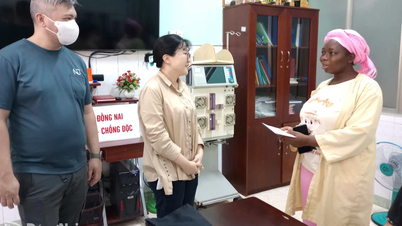

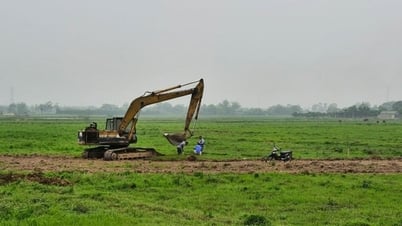





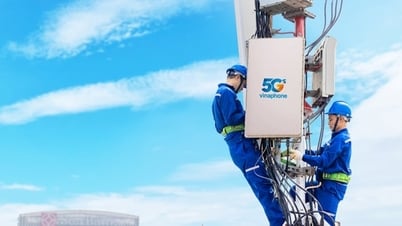















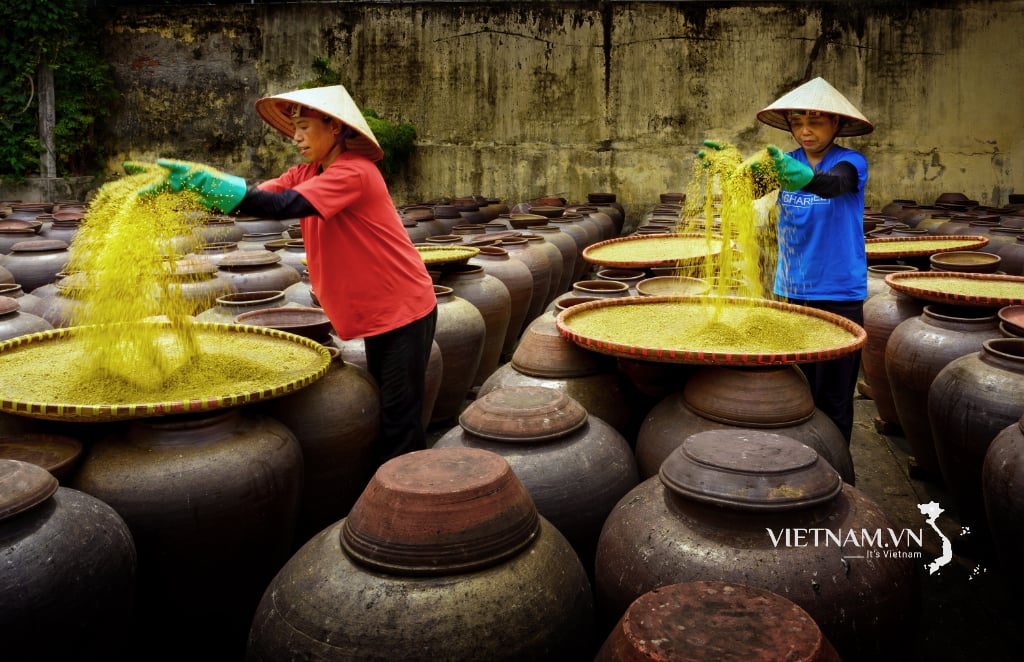

Comment (0)